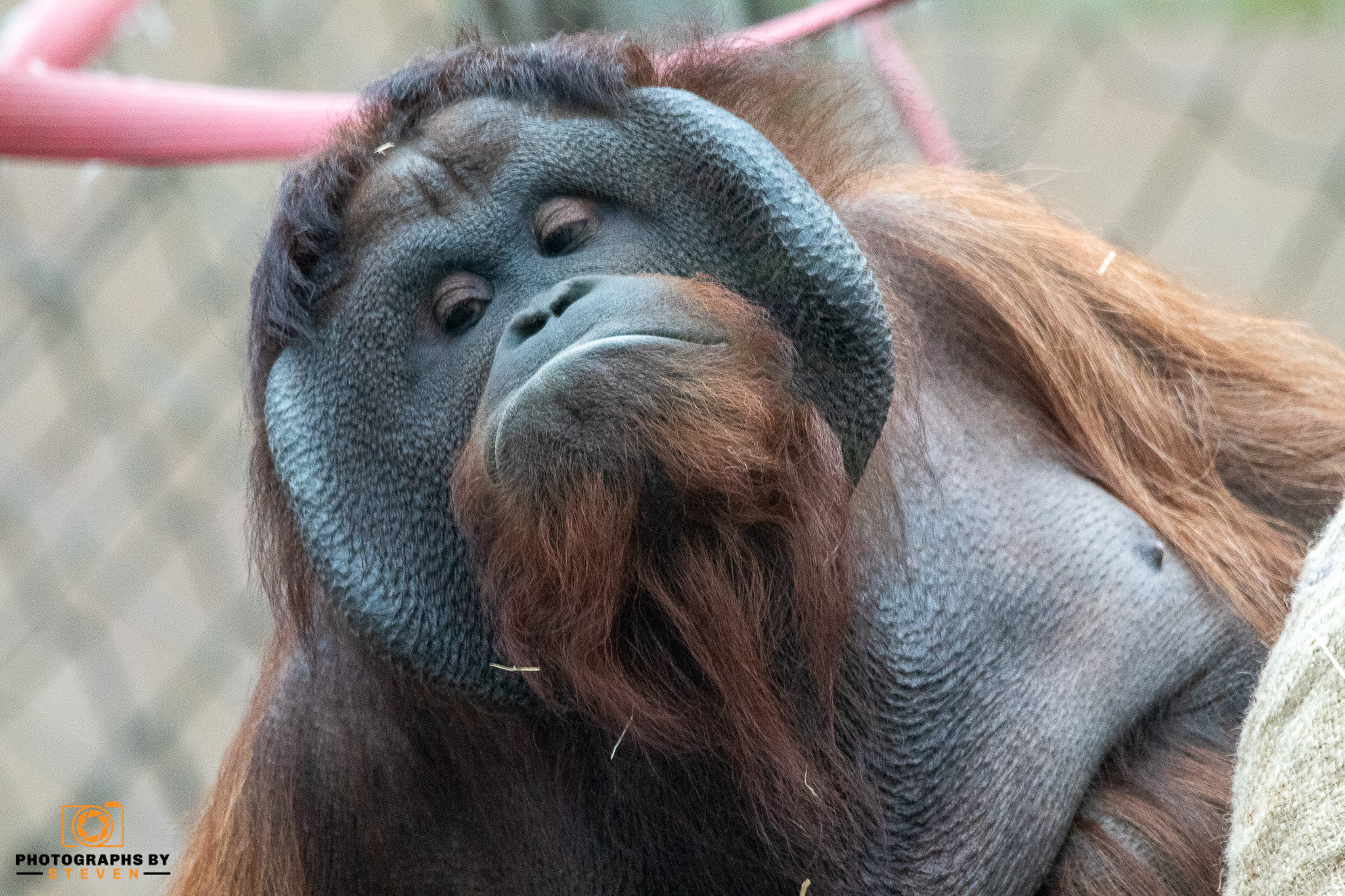Extreme close-up photographs, where the subject is either the same size or more significant than its actual life size on the camera's sensor, are the traditional definition of macro photography. Macro photography, on the other hand, is a word that is frequently used to refer to any detailed photography of small subjects, including insects and plants. Although it is frequently referred to as macro, this is just "close-up photography.
Photography lessons for macros
Whether you're battling with focusing your macro photographs properly or wish to learn how to be creative with lighting on a macro level, the following macro photography tutorials should help you develop these skills.
Essential Techniques for Macro Photography
Other types of nature photography are very distinct from macro photography. A new collection of techniques must be adopted, which can be labor-intensive. This overview of macro techniques will give you a head start if you're new to macro.
Essential Macro Photography Gear
Macro photography uses a variety of techniques and calls for unique gear. Macro lenses enable closer focusing distances and enable you to capture your subject at a size larger than life.
But navigating the maze of various items of equipment can be challenging. Some things are vital, but others will merely hold you up and get in the way. The tutorial looks at the critical equipment you should ensure you have on a macro shoot.
Using Backlight on Macro Subjects
Lighting is everything in photography. No matter what you photograph—people, penguins, or even a pygmy chameleon—you'll need to know how to light your subjects correctly. Backlighting is probably my favorite type of lighting; it creates visually pleasing images that are full of atmosphere
.
Guidelines for Capturing Butterflies
Butterflies are one of the most popular macro subjects and make stunning photos. They're often colorful and coated in plenty of details you can bring out with a macro lens.
Tips for Spider Photography
Spiders can be another excellent subject for keen macro photographers if you feel fearless. In fact, from the right angles, they can even be adorable. In any case, these photogenic invertebrates will produce images that some viewers will adore and others will detest.
What's the Best Macro Photography Lens?
Macro photography is gaining popularity, and it is easy to understand why. If you are here, you undoubtedly want to know the best macro lens. Continue reading.
Photographers can capture a completely different world up close. When isolated in close-up, flowers, fungi, insects, texture, and patterns - created naturally or artificially - appear very differently, and it is possible to emphasize shape, form, and exquisite miniature detail. Because of the shallow depth of field and little light available when working at higher magnifications, macro photography can be technically challenging.
Low-cost macro photography
1. Up-close filtration
Near-over pollutants squinch onto the front of any standard lens. They act like a magnifying glass, allowing the lens to concentrate near its minimal fastening distance( the closest point a subject can be from the camera's detector while still being suitable to achieve sharp focus), thus adding exaggeration. Although using one requires the shooter to get physically nearer the subject, pollutants are an excellent cut-price system for taking close-ups. They're simple and don't affect the camera's automatic functions. Near-over pollutants can bring just as many pounds, but generally, the cheapest performances are poor optically, with corner sharpness in particular suffering.
If you are a macro newbie, consider NiSi's NC Close-up Lens. Costing in the region of £100.00, it is considerably cheaper than a macro lens yet offers excellent results, particularly at mid-range apertures of f/8-11. NiSi recommends using a filter in the region of 70-200mm, and this combination provides both a high level of magnification and a reasonable camera-to-subject distance. The lens can no longer focus to infinity when a close-up filter is attached.
2. Extension tubes
Another excellent macro lens alternative is to use extension tubes. These elongated tubes that fit between the camera and lens increase the lens's maximum magnification by lowering the minimum focusing distance. They are available in different strengths – the thicker the tube, the higher the level of magnification possible, as you can get physically closer to subjects and still achieve focus. Tubes don't affect the lens's image quality because they have no optical components, but vignetting can be a problem with some lenses at wider apertures.
Which macro photography lens is the best?
From 15mm to 200mm, macro lenses are available. The longer the lens, the further you must stand from the subject to obtain the same degree of magnification. Naturally, a wider working distance is helpful if you want to photograph subjects who might flee if you try to get too near. Longer macros, however, are bulkier and more difficult to use without a tripod. They also cost more money.
.A focus "Limiter" button is frequently included in macro designs. Simply put, this enables photographers to limit the variety of distances at which the camera will focus. There are two or three options on some lenses. You can stop the camera from over-hunting if it is having trouble locking on to focus by instructing it to only use a specific optical range, such as 0.5m to 2m.



Leave me a comment
Thank you for reading my post, if you want to leave a comment, you can do so below.